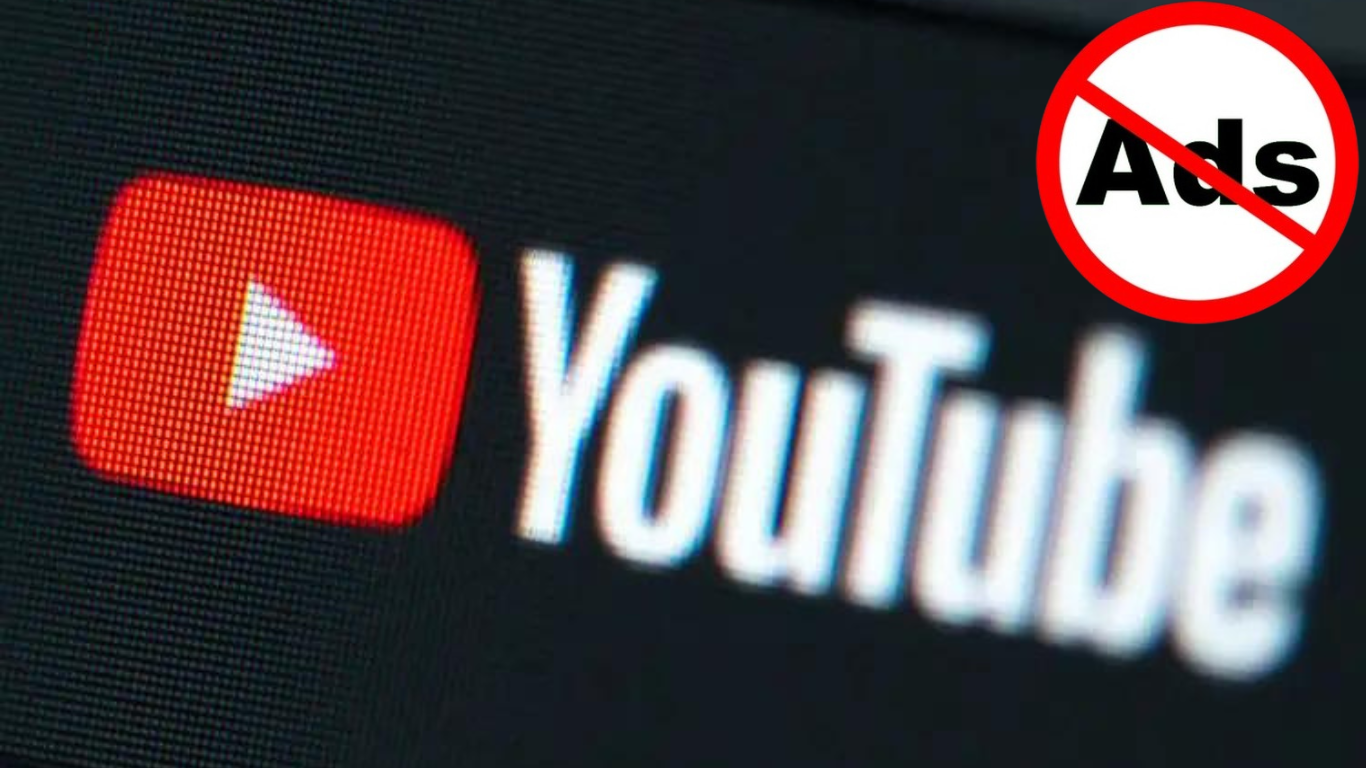YouTube Expands Anti-Ad Blocker Measures to Mobile Apps
YouTube has made a significant change that is expected to fuel discussions regarding content accessibility and creator earnings. The platform, renowned for its initiatives to combat ad blocker usage on computers, has now extended these measures to third-party mobile applications.
This shift reflects a heightened dedication to upholding the ad-supported model across all platforms.
A Shift in Tactics
In the past year, YouTube initiated a global campaign urging viewers to either accept ads or subscribe to YouTube Premium, its ad-free subscription service.
As part of this initiative, YouTube disabled video playback for users employing ad-blocking extensions. However, the recent announcement signifies a tactical shift, with YouTube now focusing on targeting mobile applications in its ongoing battle against ad blockers.
YouTube's ad blocker crackdown expands to third-party apps https://t.co/3HjU5ZYmF7
— BGR (@BGR) April 16, 2024
Source: Twitter/BGR
Impact on Users
Users who rely on third-party ad-blocking apps, such as AdGuard, for an ad-free viewing experience within the app, may encounter unexpected disruptions.
YouTube's recent crackdown involves technical measures that can lead to buffering issues or display an error message indicating that content is unavailable on the app.
Safeguarding Creator Earnings
YouTube's primary motivation for implementing these actions is to protect the earnings potential of its content creators. The platform maintains that its policies prohibit third-party apps from disabling ads, as this deprives creators of their rightful rewards for viewership.
Given the critical role of advertising revenues for creators and YouTube's ecosystem, this move is seen as a robust effort to safeguard financial interests across the platform.
Enforcing Compliance
The company underscores the importance of adherence to its API Services Terms of Service for any third-party application utilizing its API. It emphasizes its commitment to the community and operational framework by stating that appropriate action will be taken against apps violating these terms to protect the platform, creators, and viewers.
User Recommendations and Platform Strategy
While these actions may unsettle users accustomed to accessing ad-free content through unconventional methods, YouTube's recommendation remains unchanged: opt for YouTube Premium for an uninterrupted ad-free viewing experience. This recommendation gains renewed emphasis as the effectiveness of third-party ad-blocking apps diminishes.
Impact on YouTube’s Operational Strategy
The implementation of these measures could mark a new phase in YouTube's operational strategy, potentially altering the relationship between the platform, its users, and third-party developers. As ad-blocking technologies evolve, YouTube remains steadfast in upholding its ad-supported model, reflecting an ongoing struggle between user preferences and platform policies.
Conclusion and User Considerations
In light of these developments, users reliant on third-party ad-blocking apps may need to reconsider their viewing habits or contemplate subscribing to YouTube Premium for an uninterrupted ad-free experience.
Read more such news on techinsighttoday
Thank you so much for reading.

